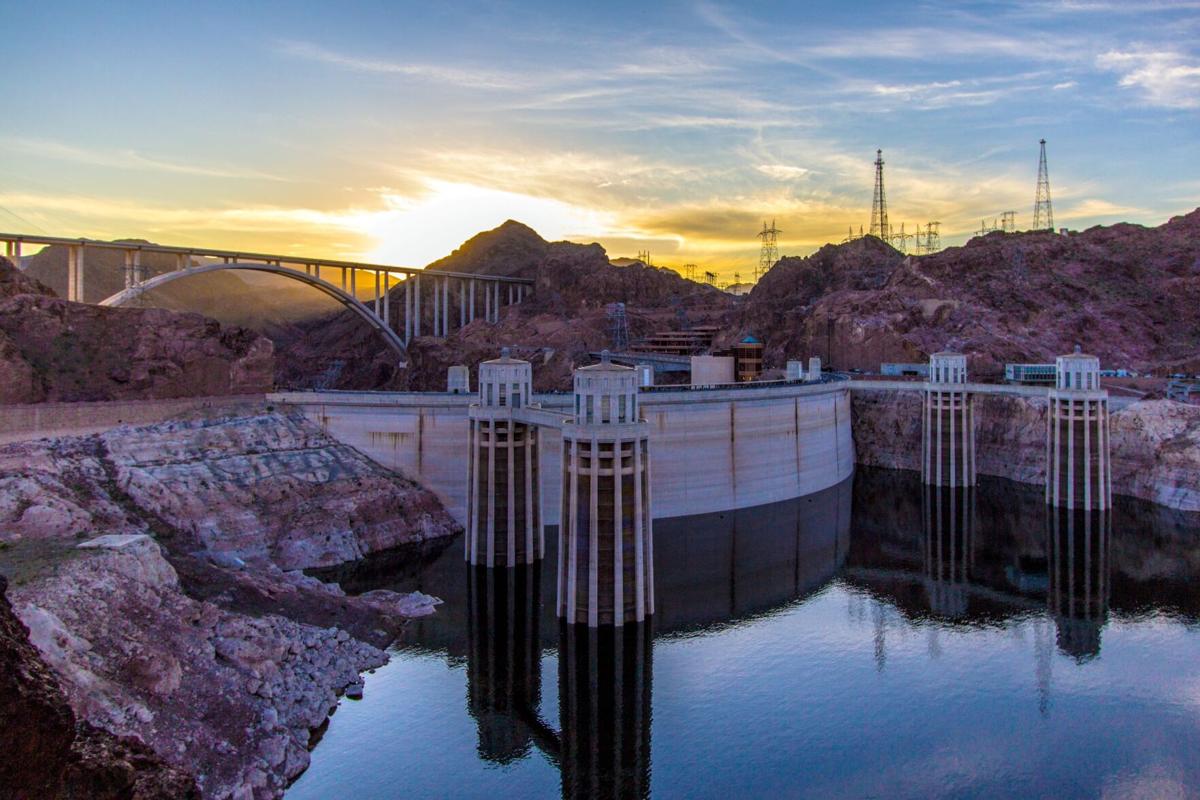Question: I have been hearing and reading a lot about water shortages. What does that mean for me as a homeowner?
Answer: There is a lot of information floating around about the drought – what is causing it and how can we be assured that Arizonans will have enough water.
Vineetha Kartha, Colorado River programs manager for the Central Arizona Project (CAP) explains where we get our water:
Arizona gets more than 30% of its water from the Colorado River Basin. The Basin is divided into an Upper Basin — Colorado, New Mexico, Utah, and Wyoming; and a Lower Basin — Arizona, California, Nevada, and by treaty, parts of northern Mexico.
Each Basin has a major reservoir. The Upper Basin reservoir is Lake Powell, on the Arizona/Utah border and the Lower Basin reservoir is Lake Mead, on the Arizona/Nevada border.
Lake Powell and Lake Mead operate “conjunctively.” That means that the operations of one affect the other. The system is designed to work so that runoff originating in the Upper Basin fills Lake Powell, and Lake Mead is filled by releases from Lake Powell and intervening flows below Glen Canyon Dam.
As reported on May 19 on KOLD, Tucson receives about 144,000 acre-feet of water annually from Lake Mead and uses only about 100,000. The city has been storing the surplus underground and has more than seven years of CAP water banked.
The water shortage
Kartha notes that as of Jan. 1, Lake Mead has been operating under a Tier 1 shortage declaration, which was declared by the U.S. Secretary of the Interior. This has resulted in a substantial cut to Arizona’s share of the Colorado River — about 30% of CAP’s normal supply; about 18% of Arizona’s Colorado River supply; and just under 8% of Arizona’s total water use. These mandatory Arizona reductions are borne by our CAP water users. The result has been reduced availability of Colorado River water for central Arizona agricultural users.
The Colorado River Basin has been in a prolonged drought. We are experiencing the driest conditions in the Colorado River Basin in more than 1,200 years — and these conditions are expected to continue well into the future.
Both Lake Powell and Lake Mead are approaching critical elevations and will require unprecedented management actions to protect infrastructure in both the Upper Lower Colorado River Basins. Protecting infrastructure protects water supplies.
Homeowner impact
It is likely that Arizona will be in a Tier 2 shortage next year.
The Arizona Republic reported on May 4, that Scottsdale and Tucson have declared themselves to be in the first stage of their respective drought plans and are reducing government water uses. Phoenix plans to take payments from the state in lieu of some of its Colorado River deliveries next year, part of the state’s latest drought mitigation effort.
While this situation is serious — it’s important to note that supplies to homes and businesses do not face a threat in 2023. But the outlook for Arizona’s Colorado River supply certainly warrants additional actions.
Everyone should commit to conserving water as the precious resource that it is. Conserving can delay or reduce further mandatory reductions to our supply.
Complying with groundwater laws
The Central Arizona Groundwater Replenishment District (CAGRD) was created in the mid-1990s to help water providers and landowners comply with Arizona’s groundwater laws. It is comprised of cities, towns and private water companies, called Member Service Areas and Subdivisions, known as Member Lands. It is a special function of the Central Arizona Project, serving the same three-county service area — Maricopa, Pima, and Pinal Counties.
CAGRD plays an important role in Arizona’s groundwater management by replenishing groundwater pumped by our members.
In 1980, Arizona passed the Groundwater Management Act, one of the toughest groundwater laws in the country. This law regulated groundwater pumping in Arizona’s most populated areas. It also created the Assured Water Supply Program, which stated that new development could rely on groundwater but must assure a 100-year supply of groundwater, which must also be replenished.
The Arizona legislature created CAGRD to give water providers and landowners that rely on groundwater a mechanism to replenish their groundwater pumping. CAGRD replenishes water into our aquifers — layers of sand and gravel beneath the ground. They send water to recharge basins where the water percolates through to the aquifer.
What can you do?
Laura Grignano, CAGRD Manager, encourages each of us to commit to at least one thing to conserve water. It is important to educate ourselves about our water provider’s drought plans and seek information about their water conservation programs.
CAGRD recently launched a conservation campaign. By its nature, CAGRD is aimed at protecting our precious water resources — replenishing the water our members pump and recharging our aquifers.
While not a water provider, CAGRD also supports and encourages conservation — because less groundwater use means less water that needs to be replenished.
In addition, CAGRD recently launched a digital conservation campaign that you may be seeing in your social media feeds. Links to a special page will feature Water Use It Wisely, the Arizona Municipal Water Users Association, and Arizona Water Facts.
Yes, we are in a drought. No doubt about that. We all need to do our part, but panic and misinformation are not the answer. Stay tuned to Rosie on the House, as we will continue to closely monitor this issue.
There is a bounty of ideas and technology that can help solve tomorrow’s problem, but it is individual water conservation that can solve today’s problem.
Think twice about the water you’re using in your day-to-day life. Remember, energy saving equals water savings.





